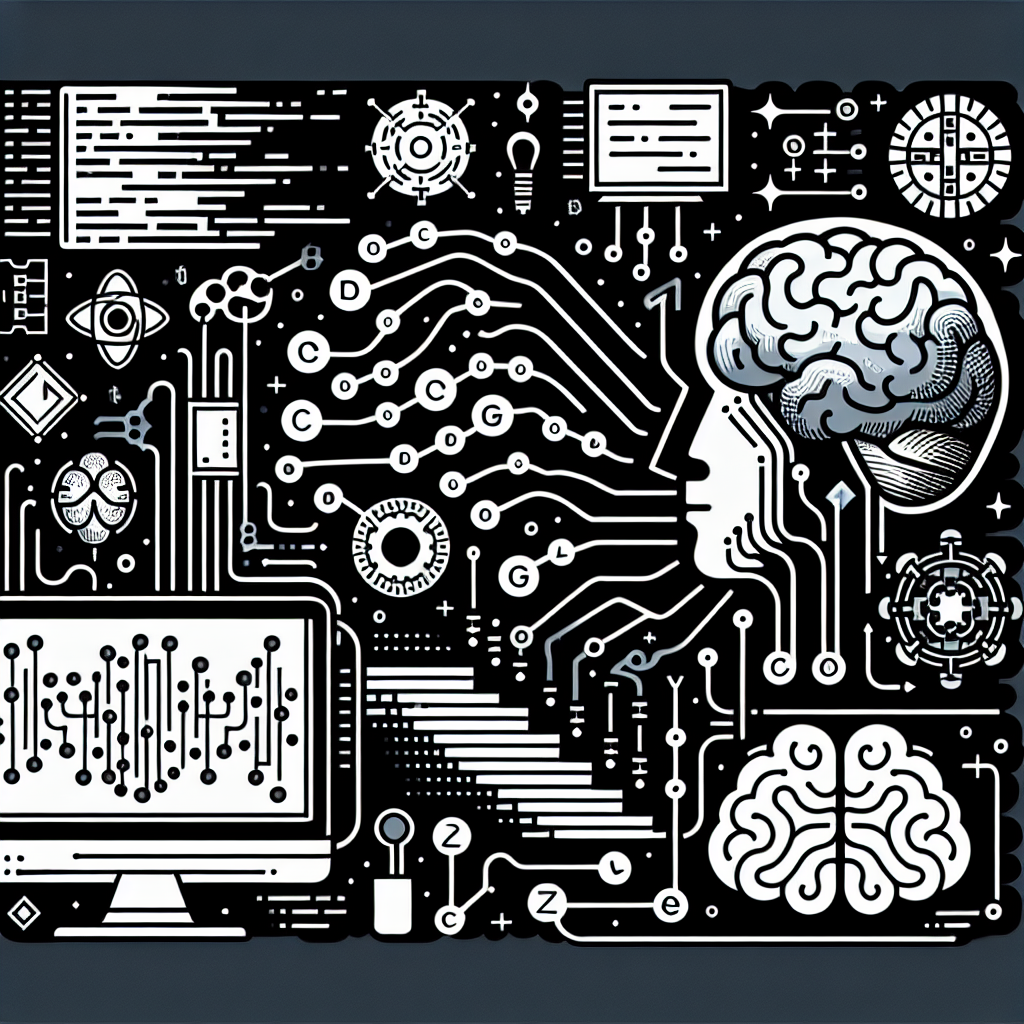Natural Language Processing (NLP) is a branch of artificial intelligence that focuses on the interaction between computers and humans using natural language. One of the key components of NLP is language modeling, which refers to the process of predicting the next word in a sequence of words based on the context provided by the previous words.
Language modeling is a critical component of many NLP tasks, such as speech recognition, machine translation, and text generation. In this article, we will explore the role of language modeling in NLP and discuss the different approaches and techniques used to build language models.
Types of Language Models
There are several types of language models used in NLP, each with its strengths and weaknesses. Some of the most common types of language models include:
1. N-gram Models: N-gram models are based on the probability of a word occurring given the previous n-1 words in the sequence. For example, a bigram model calculates the probability of a word based on the previous word, while a trigram model considers the two previous words. N-gram models are simple and easy to implement but suffer from the sparsity problem, where the probability of unseen n-grams is zero.
2. Neural Language Models: Neural language models use neural networks to learn the relationship between words in a sequence. These models can capture complex patterns and dependencies in the data, making them more accurate than traditional n-gram models. Popular neural language models include recurrent neural networks (RNNs), long short-term memory (LSTM) networks, and transformer models.
3. Transformer Models: Transformer models, such as BERT (Bidirectional Encoder Representations from Transformers) and GPT (Generative Pre-trained Transformer), have revolutionized language modeling in recent years. These models use self-attention mechanisms to capture long-range dependencies in text and achieve state-of-the-art performance on a wide range of NLP tasks.
Applications of Language Modeling
Language modeling is a fundamental component of many NLP applications, including:
1. Speech Recognition: Language models are used to predict the next word in a spoken sentence, improving the accuracy of speech recognition systems.
2. Machine Translation: Language models help to generate translations that are fluent and coherent by predicting the next word in the target language.
3. Text Generation: Language models can be used to generate text automatically, such as in chatbots, content generation, and dialogue systems.
4. Sentiment Analysis: Language models can be used to analyze the sentiment of a piece of text by predicting the sentiment of individual words or phrases.
5. Named Entity Recognition: Language models can identify and classify named entities in text, such as people, organizations, and locations.
Building Language Models
Building a language model involves training a model on a large corpus of text data to learn the statistical relationships between words. The model is then used to predict the next word in a sequence based on the context provided by the previous words. Here are some common steps involved in building a language model:
1. Data Collection: The first step in building a language model is to collect a large corpus of text data. This data can be sourced from books, articles, websites, and other sources of text.
2. Data Preprocessing: The text data is preprocessed to remove noise, such as punctuation, special characters, and stopwords. The text is then tokenized into words or subwords for processing by the language model.
3. Model Training: The language model is trained on the preprocessed text data using a supervised learning approach. The model is optimized to minimize a loss function, such as cross-entropy, by adjusting its parameters to improve its predictions.
4. Model Evaluation: The performance of the language model is evaluated on a separate validation set to measure its accuracy and generalization ability. Metrics such as perplexity, BLEU score, and accuracy are used to evaluate the model.
5. Fine-tuning: The language model may be fine-tuned on specific tasks or domains to improve its performance on specialized text data.
Frequently Asked Questions (FAQs)
1. What is the difference between language modeling and natural language understanding (NLU)?
Language modeling focuses on predicting the next word in a sequence of words, while natural language understanding involves extracting meaning and intent from text. Language modeling is a key component of NLU, as it helps to capture the context and semantics of natural language.
2. What are some common challenges in building language models?
Some common challenges in building language models include data sparsity, long-range dependencies, out-of-vocabulary words, and domain-specific language. Researchers are constantly working to address these challenges and improve the performance of language models.
3. How can language models be used to improve search engines?
Language models can be used to improve search engines by understanding the context and intent behind search queries. By predicting the next word in a search query, language models can provide more relevant and accurate search results to users.
4. What are some ethical considerations in language modeling?
Ethical considerations in language modeling include bias in training data, privacy concerns, and the potential misuse of language models for harmful purposes. Researchers and developers must be mindful of these considerations and work to mitigate potential risks.
5. What are some future directions in language modeling?
Future directions in language modeling include multimodal language models that can process text, images, and audio together, personalized language models that adapt to individual users, and explainable language models that provide insights into their decision-making process.
In conclusion, language modeling plays a crucial role in natural language processing by predicting the next word in a sequence of words. By understanding the different types of language models, applications, and techniques used in building language models, researchers and developers can continue to advance the field of NLP and create more intelligent and effective language models.

